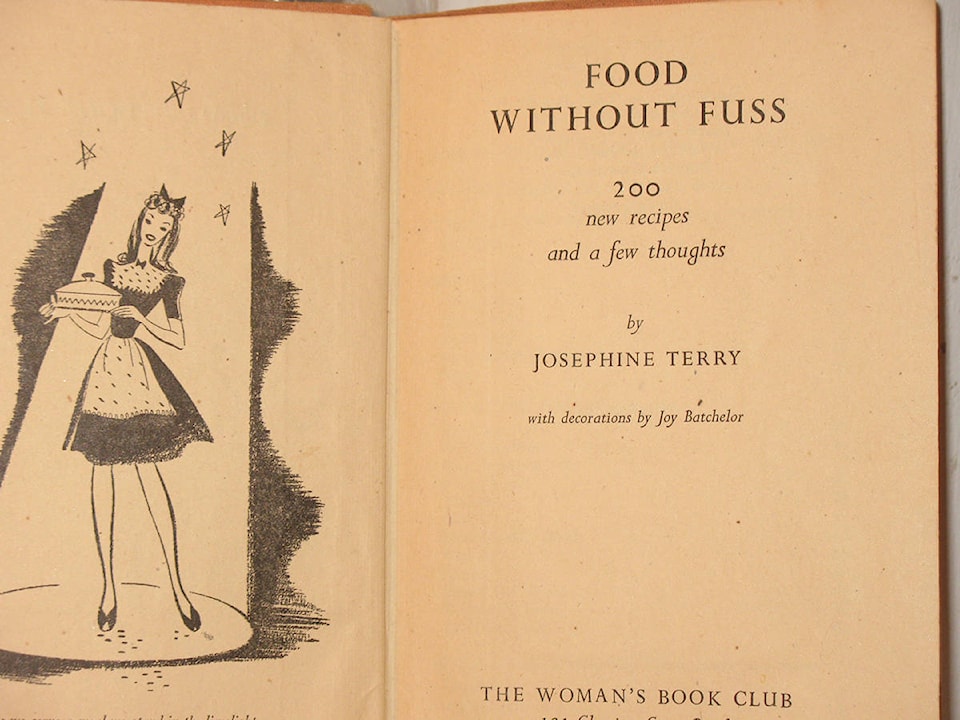By Mary Lowther
The recent possibility of quarantine reminds me of the blockade of the UK during the Second World War when food was rationed and people learned to make do with what they had on hand and what they could produce in their own communities.
My most treasured inheritance from Mom is her wartime recipe book printed in 1942, from which she learned to prepare tasty, healthy meals with limited rations and a small budget. She drank unsweetened tea to save her sugar rations to make something else — like a dessert on Sunday. This book, Food Without Fuss, suggests myriad ways to make the most out of every last vestige of food in the pantry.
During and after the war, the UK government tore up public lands for everyone to grow food on and, rather than go hungry from the food embargo, people thrived on the fresh food they were growing in their yards and public allotments, and on the inability to access imports of “filler” foods that had been contributing to their declining health.
Given that many foods they had felt were essential became unavailable for about 10 years, they would have scoffed at our present dismay with possibly having to hibernate in our communities for a much shorter period of time.
Those of us who grow our own food can look forward to fresh greens in a few weeks, and if we’re smart, we’ll grow some high-protein vegetables during each season, like peas, beans and other legumes, potatoes and corn. We should start to harvest peas late May/early June, potatoes, beans and legumes like lentils in August and corn in late August/early September. Fresh greens also contain an abundance of protein as well as vitamins and minerals and may just be the most nutritious vegetable in the garden.
Proteins in grains like barley, wheat and millet augment those found in legumes, so it behooves us to grow a few of these as well. Other less popular but easy to grow crops with decent levels of protein include flax seed, quinoa and amaranth, but I don’t recommend quinoa because the effort required to remove the bitter saponins on every seed is not worth it to me.
Most of my food still comes from the store so I buy tinned goods when they’re on sale. Mom’s recipe book taught me to be thrifty and make food last, so, in the spirit of savings and nutritious health during a possible quarantine, here’s one recipe from the book I’ve made that fed six of us with one tin of sardines.
Fish Crisps:
one tin sardines in oil
1 ¼ cup flour
2 tsp. baking powder
½ tsp. salt
Mix the flour, baking powder and salt together. Pour out the sardines into another bowl and mash it all up. Add some flour to the tin to make sure to get all the oil out and add this plus the flour mix to the sardine mash. Stir quickly, tossing it to mix well. Add enough cold water (about half a cup) to make a tender dough. Turn on to a slightly floured board and roll out to half an inch thick. Cut into sticks about three inches long and bake at 325 for 15 to 20 minutes.
A tomato or hollandaise sauce goes well with this, but the kids liked them all on their own. I served it with a salad.
Please contact mary_lowther@yahoo.ca with questions and suggestions since I need all the help I can get.
